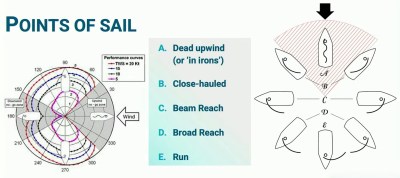Who among us hasn’t at some point thought of building a little vehicle, and better still, a little off-road vehicle for a few high-octane rough-terrain adventures. [Made in Poland] has, and there he is in a new video with a little off-road buggy.
The video which we’ve paced below the break is quite long, and it’s one of those restful metalworking films in which we see the finished project take shape bit by bit. In this case the buggy has a tubular spaceframe, with front suspension taken from a scrap quad and a home-made solid rear axle. For power there’s a 500cc Suzuki two-cylinder motorcycle engine, with a very short chain drive from its gearbox to that axle. The controls are conventional up to a point, though we’d have probably gone for motorcycle style handlebars with a foot shift rather than the hand-grip shift.
The final machine is a pocket drift monster, and one we’d certainly like to have a play with. We’d prefer some roll-over protection and we wonder whether the handling might be improved were the engine sprung rather than being part of a huge swing-arm, but it doesn’t appear to interfere with the fun. If you fancy a go yourself it’s surprisingly affordable to make a small vehicle, just build a Hacky Racer.







 the first sails developed by humans were simple drag devices, sailors eventually developed airfoil sails that allow sailing in directions other than downwind. A
the first sails developed by humans were simple drag devices, sailors eventually developed airfoil sails that allow sailing in directions other than downwind. A 










